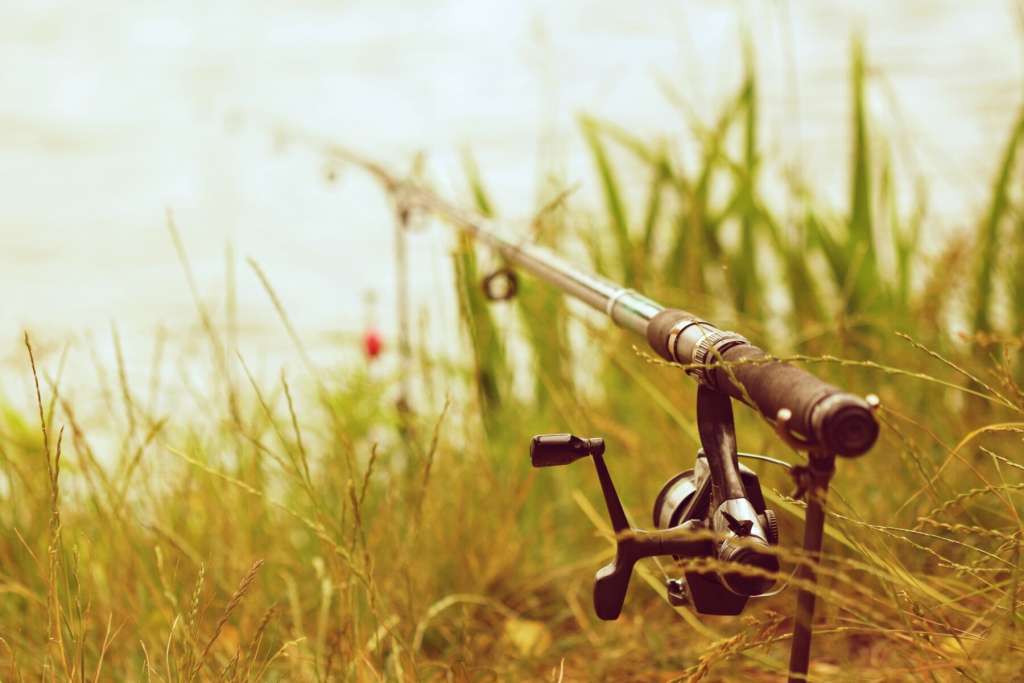The Essential Guide to Fishing Rods: Mastering the Art of Angling is an indispensable resource offering a deep dive into the world of fishing rods. From unravelling the complexities of rod design to emphasizing the importance of matching rods with specific fishing techniques, this guide goes beyond technicalities. It also explores the cultural significance of fishing rods throughout history, providing a well-rounded understanding while empowering anglers to optimize their performance and enjoyment on the water. Whether you’re a beginner or an experienced angler, this guide aims to be your go-to companion for mastering the craft of angling with precision and expertise.
Anatomy of a Fishing Rod
At its core, a fishing rod is a remarkably engineered instrument consisting of several essential components. The blank, the rod’s main body, is typically constructed from materials like graphite, fibreglass, or carbon fibre. Each material offers distinct characteristics in terms of sensitivity, strength, and flexibility.
The guides or eyelets attached along the blank facilitate the smooth passage of the fishing line during casting and retrieving. These guides vary in size and placement, contributing to the rod’s performance. An integral part of the rod, the reel seat, holds the fishing reel in place, ensuring stability and balance. The grip, positioned below the reel seat, provides comfort and control while handling the rod during casting and battling a catch.
Types of Fishing Rods
Fishing rods come in various types, each tailored for specific fishing techniques and environments.
Spinning rods: These rods are popular among anglers due to their versatility, making them ideal for beginners and experienced fishermen alike. They pair well with spinning reels and are suitable for casting lightweight lures or bait.
Baitcasting rods: On the other hand, these fishing rods offer precise casting control, making them preferred for targeting larger fish species. Their design complements baitcasting reels, and their sturdy build handles heavier lines and lures adeptly.
Fly rods: These rods are unique and designed for fly fishing, a technique where the angler uses an artificial fly to entice fish. These rods are characterized by their flexibility and finesse, which are essential for the delicate presentations required in fly fishing.
Speciality rods: Rods such as surf rods, telescopic rods, and ice fishing rods cater to specific environments and angling methods, emphasizing durability and functionality under distinct conditions.
Choosing the Right Fishing Rod
Selecting the appropriate fishing rod involves considering various factors. The rod’s length, action, and power play crucial roles in determining its suitability for different fishing scenarios.
Length influences casting distance and leverage when fighting a fish. Shorter rods excel in tight spaces and provide more leverage, whereas longer rods offer increased casting distance.
Action refers to the flexibility of the rod. Fast-action rods bend mostly near the tip, allowing for greater sensitivity and faster hook sets. Medium and slow-action rods bend more through the midsection and handle, making them suitable for larger fish and absorbing shock better.
Power denotes the rod’s strength. Light power rods are suitable for small fish and lighter lines, while heavy power rods handle larger fish and heavier lines with ease.
Maintenance and Care
Proper maintenance ensures the longevity and performance of a fishing rod. Regularly cleaning the rod and reel after each use prevents corrosion and damage caused by saltwater or debris. Storing the rods in a dry and secure place, preferably in rod cases or racks, protects them from potential damage. Minor repairs, like guide replacements or resealing loose connections, should be addressed promptly to prevent further damage. Regular inspection of the rod’s integrity and components is essential for safe and efficient fishing.
The Art of Fishing with Rods
Beyond the technicalities, fishing with a rod embodies an art form. Patience, strategy, and observation are fundamental to successful angling. Understanding fish behaviour, seasonal patterns, and environmental cues enhances the angler’s ability to make informed decisions.
Fishing rods serve as extensions of an angler’s skill and intuition, enabling them to connect with nature and find solace in the tranquillity of the sport. The therapeutic benefits of fishing extend beyond the catch itself, fostering a deeper appreciation for the natural world.
Conclusion
In conclusion, this topic encapsulates a wealth of knowledge crucial for anglers’ success. Beyond merely discussing rod types and functionalities, it explained the nuanced world of angling, fostering a deeper appreciation for the sport. This guide aims not only to inform but also to inspire, encouraging anglers to explore diverse fishing environments with confidence. By blending technical insights with historical context and practical advice, it becomes an indispensable companion, guiding anglers toward mastering the art of fishing and creating enduring memories amid serene waters.
Read More: What is a Fishing Magnet?











